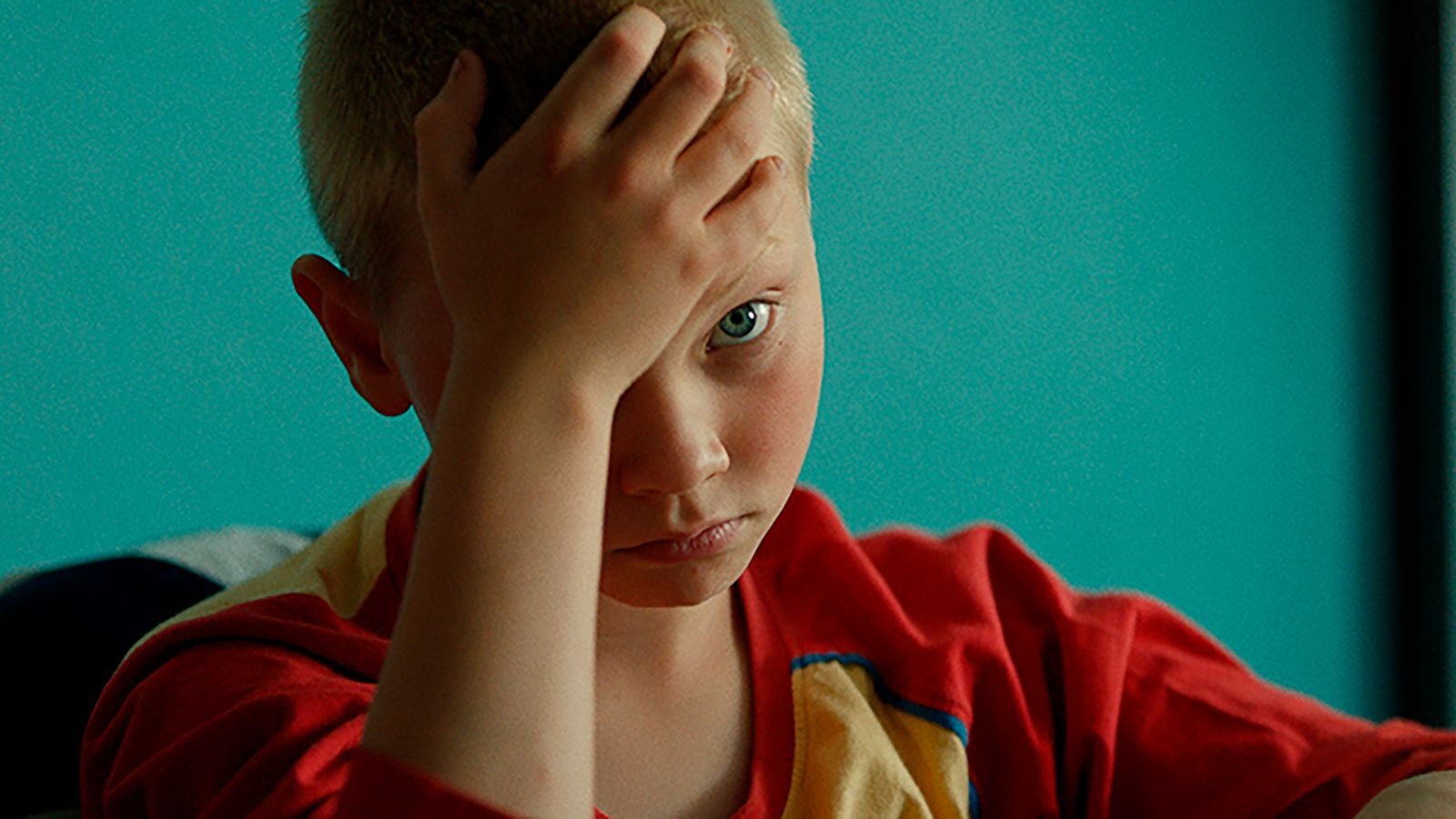Winner of the Un Certain Regard at last year’s Cannes Film Festival, Lise Akoka and Romane Gueret’s The Worst Ones arrives in the U.S. with a certain amount of clout. A knotty meta-narrative about the ethics of filmmaking, it takes its title from the non-professional actors who are cast in an independent film shot in the working-class town of Boulogne-sur-Mer. Tracking the production of the film-within-a-film, Akoka and Gueret spotlight the ambiguities and exploitation that propel one’s search for realism in art.
That someone is the film’s director, Gabriel (Johan Heldenbergh), who is belatedly making his debut with Pissing in the North Wind, a seeming social-realist depiction of teenagers coping with tragedy and, of course, teen pregnancy. Perhaps invoking Truffaut and the Dardenne brothers, Gabriel’s insistence on casting non-professionals highlights The Worst Ones‘ most obvious satirical target: openly questioning if Gabriel is exploiting these teenagers in an attempt to have art mimic life, or instead giving them an opportunity to escape their mundane existence.
This point is further underlined by Akoka and Gueret’s decision to cast non-professionals themselves, having a trio of teenagers––Lily (Mallory Wanecque), Ryan (Timéo Mahault), and Maylis (Melina Vanderplancke)––play out dual roles, both as actors in Pissing and confused teens in The Worst Ones. It’s a gambit that oddly works, if only because the filmmakers have found three very gifted performers who manage to not get lost in the film’s layers.
Wanecque’s performance as Lily, a 17-year-old coping with her own tragedy and rumors of promiscuity, is particularly revelatory. That Lily’s life is then transmogrified into Gabriel’s film where she, of course, plays the pregnant teen is not surprising, and would seemingly highlight Gabriel’s exploitation of his cast––if only Akoka and Gueret followed through on a coherent critique.
Instead The Worst Ones is more content bringing up issues of consent and artistic license without presenting a cogent philosophy, humanizing everyone (Gabriel included), for better and worse. Much of the film’s doubling is used for comedy, without a real interest in untangling the repercussions of art imitating life, and what it means to reenact these teenagers’ lives on film. When some elderly locals complain that using these non-trained actors is essentially punching down on the community, the criticism is quickly dismissed by both the PA they are complaining to and the film itself, which quickly turns these types of critiques into punchlines.
The same goes for Lily’s evolving crush on a crew member who is essentially twice her age. Instead of looking at the complicated dynamics that animate crew and talent relationships, this subplot is mainly used to show Lily’s naivete. The film only really dives into these murky ethical issues when Gabriel coaches Lily and Jessy (Loïc Pech) through a sex scene, first asking the teenagers about their own sexual histories before shooting it. The entire process, from the acting exercise to filming, is presented in a fittingly cringe-inducing, awkward way.
Yet these sequences also point to the central dilemma of The Worst Ones. What’s the difference between Gabriel putting these teenagers in various stages of undress versus Akoka and Gueret essentially doing the same thing? Does the intent of the director matter? Or are both instances exploitative in the same way? These questions are fascinating to consider; but if this all sounds a bit too heady, the ethics of filmmaking are mainly subtext. Akoka and Gueret split the difference, inviting the audience to consider the meta-ness of everything going on while really just making a compelling social-realist comedy about what happens when a film crew descends on a working-class town. That the filmmakers end up making the same film as Gabriel seems to be the point.
The Worst Ones opens in select theaters on Friday, March 24.

